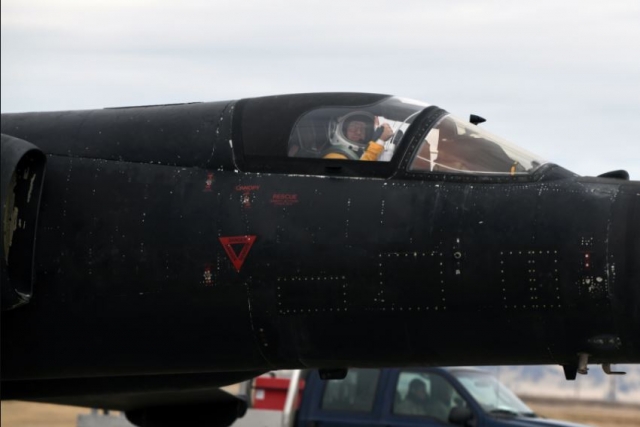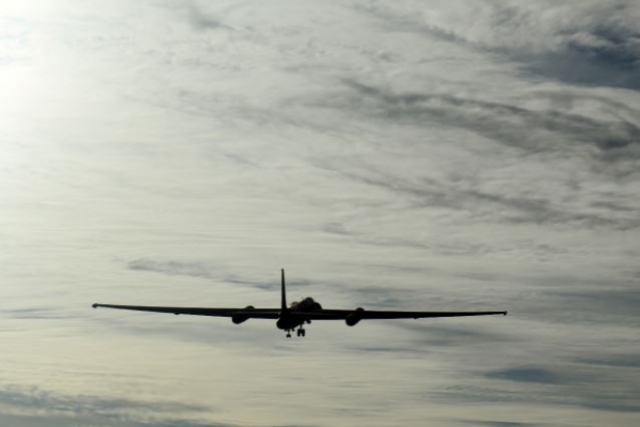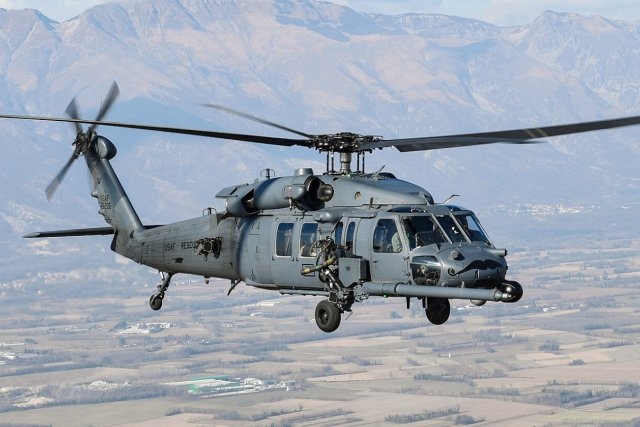AI Co-pilot Conducts Tactical Navigation, Sensor Employment Aboard U.S.A.F. U-2 Bomber

The U.S. Air Force concluded test flight of its U-2 bomber with artificial intelligence (AI) as a co-pilot on December 15.
The AI algorithm, known as ARTUµ, developed by Air Combat Command’s U-2 Federal Laboratory, trained the AI to execute specific in-flight tasks that would otherwise be done by the pilot. The algorithm flew with the pilot, U.S. Air Force Maj. “Vudu”, on a U-2 Dragon Lady assigned to the 9th Reconnaissance Wing at Beale Air Force Base. Air Combat Command’s U-2 Federal Laboratory researchers developed ARTUµ and trained it to execute specific in-flight tasks that otherwise would be done by the pilot, the service announced today.
“ARTUµ’s groundbreaking flight culminates our three-year journey to becoming a digital force,” said Dr. William Roper, assistant secretary of the Air Force for acquisition, technology and logistics. “Putting AI safely in command of a U.S. military system for the first time ushers in a new age of human-machine teaming and algorithmic competition. Failing to realize AI’s full potential will mean ceding decision advantage to our adversaries.”
This historic flight comes just a month after Lockheed Martin concluded a flight test mission of the U-2 equipped with Kubernetes, an open-source container-orchestration system that automates the application deployment, scaling and management.

During this flight, ARTUµ was responsible for sensor employment and tactical navigation, while the pilot flew the aircraft and coordinated with the AI on sensor operation. Together, they flew a reconnaissance mission during a simulated missile strike. ARTUµ’s primary responsibility was finding enemy launchers while the pilot was on the lookout for threatening aircraft, both sharing the U-2’s radar.
The flight was part of a precisely constructed scenario which pitted the AI against another dynamic computer algorithm in order to prove the new technology.
After takeoff, the sensor control was positively handed-off to ARTUµ who then manipulated the sensor, based on insight previously learned from over a half-million computer simulated training iterations. The pilot and AI successfully teamed to share the sensor and achieve the mission objectives.

The U-2 Federal Laboratory designed this AI technology to be easily transferable to other systems and plan to further refine the technology. Today’s flight provided invaluable data for not only the team to learn from, but also ARTUµ.
The U-2 Federal Laboratory is a 15 U.S.C. compliant organization established to bring together a “confluence of warfighter, developer, and acquirer” vertically-integrated under the same operational roof. The lab has developed and been approved by the National Institute of Standards and Technology to establish the 20th Laboratory Accreditation Program in the federal government. It promotes “edge development” – a concept to develop new software integration on operational systems in a bounded, safe environment.










